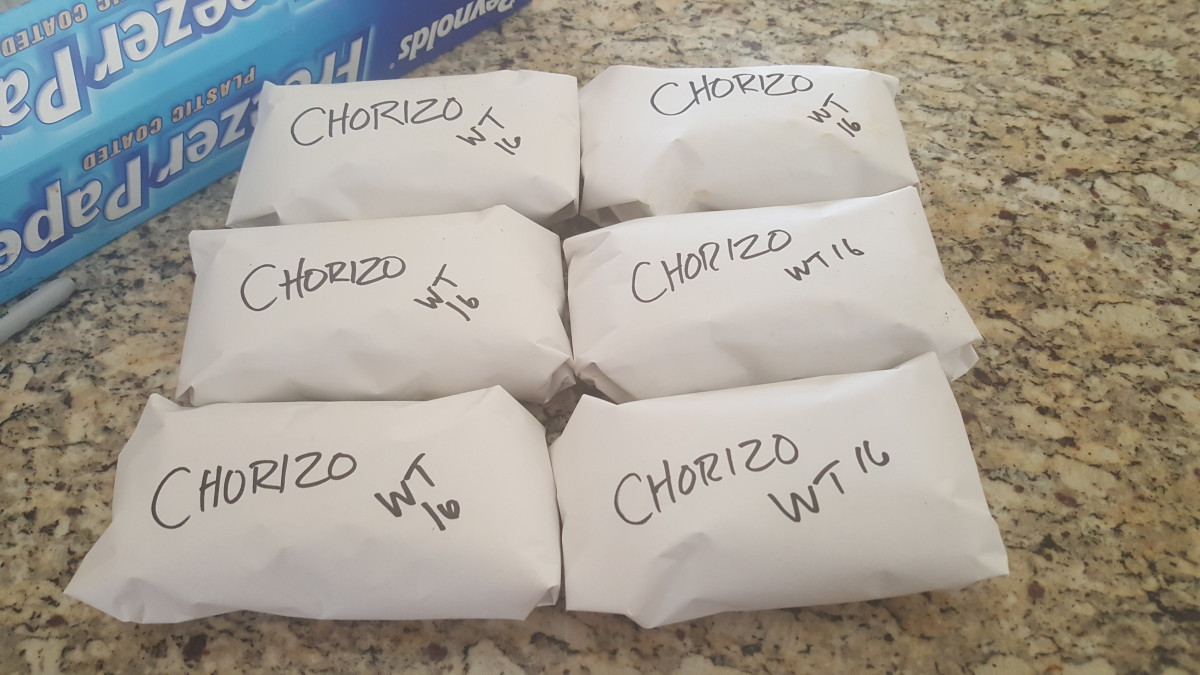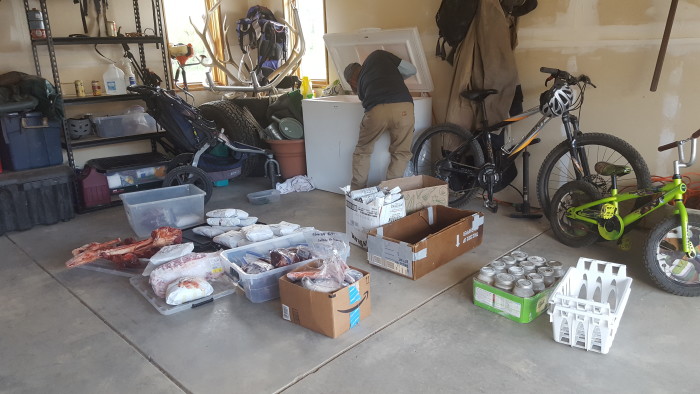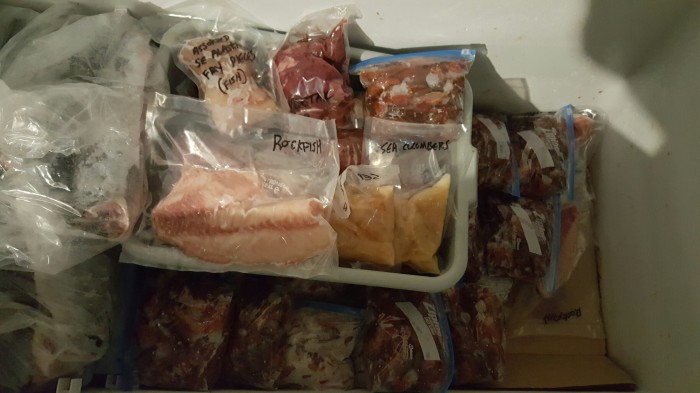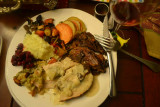
Years ago, I killed my first elk, a large cow. I shot her after playing cat and mouse with a big herd all morning. When I walked up to her, the unfamiliar immensity of that animal immediately necessitated a dire need for a real freezer. Up until that point, I had barely managed to store butchered deer, small game and fish in the refrigerator’s ice box, randomly cramming things in wherever possible. Organization amounted to little more than making sure I was using every square inch of available space. Sometimes, I was forced to store frozen meat in a cooler until some room opened up in the refrigerator freezer.
With a couple hundred pounds of fresh elk meat hanging in the shed and no cold storage space to spare, I bought my first chest freezer the next day. Since then, thousands more pounds of wild game and fish have passed in and out of those 12 cubic feet and I’ve learned a few things along the way about maximizing meat storage efficiency. Practicing detailed freezer organization allows you to accurately keep track of your meat supply with an eye towards future meals. But, an organized freezer does more than keep things neatly arranged and make meal planning more efficient. Detailed organization also prevents some meat from lingering at the bottom of the freezer for years while only the freshest cuts at the top of the pile make it to the table.
Organizing my freezer at least a few times a year allows me to keep an account of what I’ve got and plan for what I need more of. Here are some easy freezer organization tips that I’ve found very helpful:
- First off, you should periodically defrost your freezer. Do this whenever you get a buildup of frost on the ceiling or walls of your freezer. Start by turning your freezer off and completely emptying it. You can store frozen meat in coolers while you work. Remove trays, drawers and shelves. Find the drainage hose and position it so meltwater drains away from the freezer. Next, remove frost build up. You can allow it to melt for a few hours and drain on its own or use a hot, wet towel or a putty knife to remove frost. Once the frost is gone and the freezer has drained, thoroughly clean the interior space. Turn the freezer back on and allow the interior to cool sufficiently before refilling.
- It’s important to be able to quickly identify your freezer contents. All of your packaged meat should be clearly labeled in permanent marker noting species, cut, date and even the location of your kill. Sometimes I’ll record the weight of a certain cut. I’ll also add short notes like “Elk Pastrami Cut” or “Save for Thanksgiving” to remind me to prepare certain recipes.
- After labeling, divide up all the meat by general species categories. I like to further divide these into subcategories; for example, I’ll separate salmon from northern pike. Ducks get isolated from grouse. Divide cuts like roasts, steaks, burger and sausage into separate groups. Separate breasts and fillets from whole birds and fish and so on. From a recipe standpoint, it’s not really necessary to separate deer from elk, but I do it anyway. At this point, it’s time to start neatly filling and organizing the freezer.
- You’ll need to find a way to store different classifications of meat in your freezer. Boxes and hanging trays work well in chest freezers. In stand-up freezers, shelves make this task easier but boxes are helpful for separating different cuts. Individual boxes, trays and shelves can be labeled to quickly identify different general categories of meat like “Deer, Small Game or Fish”. Separate categories all go into their cardboard boxes, bins or their own shelf.
- You can and should celebrate success with a meal of fresh fish or game, but, as a rule, practice a first-in, first-out policy when it comes to eating. This means last year’s kills should be consumed before moving on to this year’s meat. Maintain a real-time spreadsheet to stay on top of your inventory. If you get lazy and forego detailed freezer organization and labeling, you are still obligated to eat that ancient, unidentifiable, freezer-burned package of meat. To avoid this situation, be sure to place the oldest meat at the top of each box or front of each shelf to ensure you use it first. Freezer organization is an ongoing process that requires constant attention. As you kill game or catch fish, you’ll need to rotate older cuts to the top of your lineup and place the newest additions at the bottom.
Make it a point this year to take your freezer and the meat inside it more seriously. It’s always a good feeling to know exactly what is in your freezer and exactly where it is. That old chest freezer of mine still works great after all these years but I’m starting to think about a larger, fancy stand-up freezer that will make organizing and storing all that wild protein even more efficient.
Brody Henderson
Brody Henderson is a hunter, fly fishing guide, writer, wilderness production assistant for the MeatEater television show and MeatEater‘s editorial contributor






